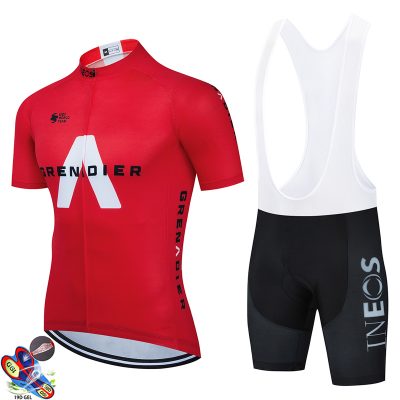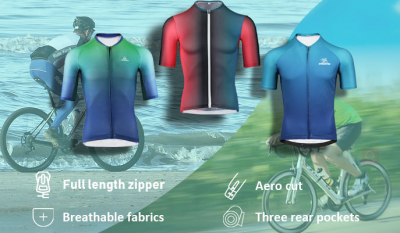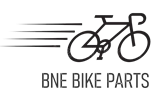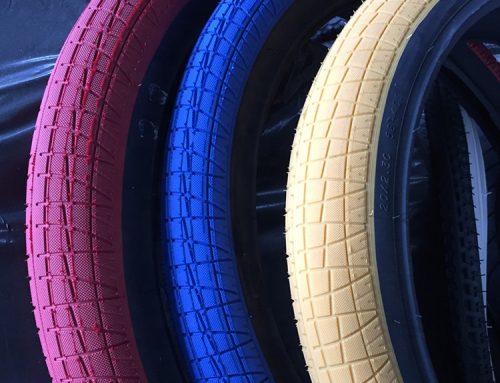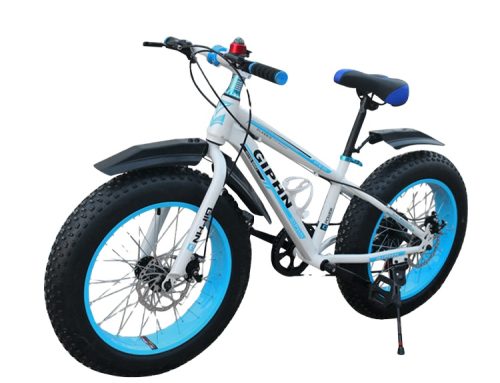Choosing a kids’ bike seat involves prioritizing safety to ensure your child’s well-being during rides. Here are important factors to consider when selecting a bike seat for your child:
- Type of Bike Seat:
- Front-Mounted Seats: These seats attach to the front handlebars and allow you to have direct interaction with your child. They are suitable for younger kids and offer a great view for them.
- Rear-Mounted Seats: Rear-mounted seats are attached to the rear of the bike, often behind the rider. They provide more stability and space for your child to grow. They are generally recommended for older children.
- Age and Size of Child:
- Ensure that the bike seat is appropriate for your child’s age, weight, and size. Follow the manufacturer’s recommendations for age and weight limits.
- Safety Harness and Straps:
- Look for a seat with a secure and adjustable safety harness that can hold your child in place. It should have comfortable straps that fasten around your child’s waist and shoulders.
- Supportive Backrest:
- Choose a bike seat with a high and supportive backrest. This provides better support for your child’s posture and head while riding.
- Footrests and Straps:
- Footrests with straps or foot guards help keep your child’s feet secure and prevent them from dangling into the bike’s moving parts.
- Attachment System:
- Ensure the bike seat has a sturdy and reliable attachment system that can securely attach to your bike frame. Follow the manufacturer’s instructions for proper installation.
- Helmet Space:
- Make sure there’s enough space between the backrest and your child’s helmet to ensure a comfortable fit.
- Visibility and Shield:
- Some seats come with a clear windscreen or shield to protect your child from wind, bugs, and debris. It can also improve visibility.
- Reflectors and Visibility:
- Check if the seat has built-in reflectors or places where you can attach reflective materials for better visibility, especially during low-light conditions.
- Durability and Construction:
- Choose a seat made from sturdy and durable materials that can withstand regular use and the elements.
- Certifications:
- Look for bike seats that meet safety standards set by organizations such as ASTM (American Society for Testing and Materials) or CPSC (Consumer Product Safety Commission).
- Balance and Stability:
- Ensure that the added weight of the seat and your child doesn’t affect the bike’s balance and stability.
- Comfort and Padding:
- A padded seat and backrest can enhance your child’s comfort during rides.
- Ease of Cleaning:
- Kids can be messy. Choose a seat that is easy to clean after rides.
Remember that bike seat safety also extends to your child’s own safety gear. Always ensure your child wears a properly fitting and certified bike helmet when riding. Before purchasing a bike seat, carefully read reviews, consult with experienced parents, and consider seeking advice from local bike shops to make an informed decision based on your child’s specific needs.
